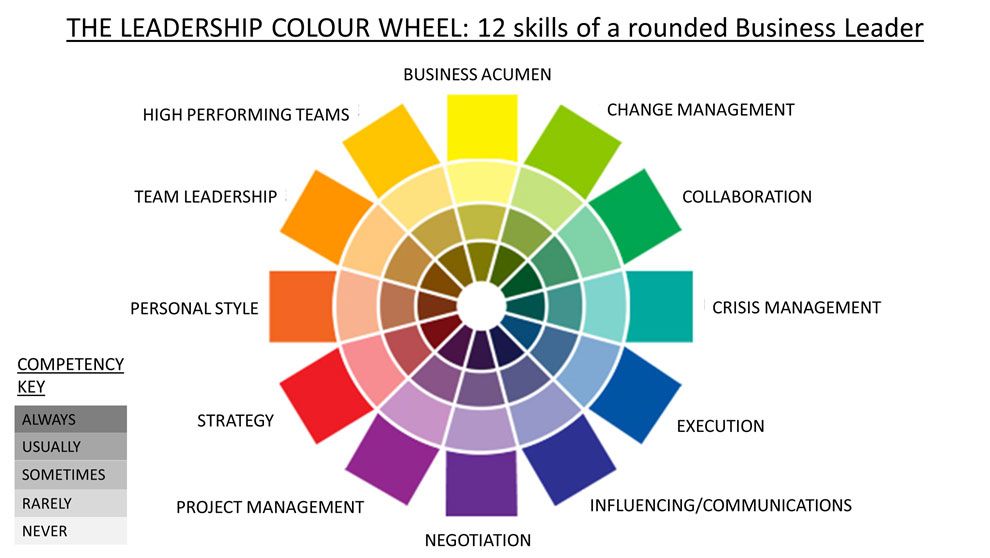Business simulations 101
By Scott Thompson, Aug 20, 2018 Last updated Jun 11, 2025
Introduction to business simulations for learning
In this article I want to focus on simulations which are used for management and leadership development. My focus on management and leadership also excludes very useful simulations which are used to develop general or specialised practitioner skills such as customer service or servicing a computer printer.
I also must exclude other types of valuable (and sometimes life-saving) simulations such as those used for analytics, medical skills development or other operational skills (which tend to require hyper-realistic simulation models).
If you are interested in these types of simulations, you should explore the excellent work of places like "The Centre for Medical Simulation".
Rationale for using business simulations for learning
There are four main reasons why business simulations are chosen for learning:
Provide a safe and efficient learning environment
"Let's take flight simulation as an example. If you're trying to train a pilot, you can simulate almost the whole course. You don't have to get in an aeroplane until late in the process." — Roy Romer
Business simulations owe a huge debt to the techniques pioneered in aviation flight simulation (generally also hyper-realistic). In commercial aviation, flight simulation is used extensively in three main areas: skills training, emergency procedures, and type conversion. The three main benefits are safety, cost, and environmental impact. In my white paper “What business simulation designers can learn from aviation flight simulation” I explore how these applications and benefits also apply perfectly to the use of business simulations for learning.
Combine experiential and social learning
Business simulations are great tools for learning by doing and gaining insight by making mistakes—this is classic experiential learning. Team-based business simulations and facilitated simulations add the extra dimension of being able to share those learning experiences with others. Jay Cross, in his excellent book Informal Learning: Rediscovering the Natural Pathways That Inspire Innovation and Performance, establishes that up to 90% of the information and skills we need to do our jobs is learned this way rather than formally, using what he refers to as informal or social learning.
Exploit gamification techniques to make learning more engaging
Gamification is defined as the application of gaming techniques in non-gaming applications. Thoughtfully adding gaming elements to business simulations (such as leader boards, penalties, rewards, and the unexpected) can significantly enhance engagement and team cohesion through competition with other teams.
Offer the potential for scalable engagement
Facilitated sessions not involving simulation can be hugely effective but are often difficult to scale, as they are highly dependent on the facilitators and can be very labour-intensive. On the other hand, technology such as e-learning can be quite easy to scale but very difficult to create real engagement with. Business simulations can provide the best of both worlds: scalable engagement—where the same sessions can be rolled out quickly and effectively to hundreds of managers or leaders.
Benefits of using business simulations for learning
When I interview game participants or business sponsors after business simulation events, the benefits they report consistently fall into these categories:
Virtual experience
This is the classic flight simulator learning model where participants get to try out 'dangerous things' in a safe and forgiving environment with no adverse business consequences. 'Virtual experience' refers not only to the important decision-making that participants can practise but also to the scenarios they may encounter—including unexpected 'shocks' either brought on themselves or pre-programmed into the simulation beyond their control.
Knowledge sharing
A well-designed simulation game is one of the most effective ways for organisations to disseminate and spread knowledge, experience, and best practice between colleagues, using the social and informal learning approaches highlighted earlier.
Resolving dilemmas
Any well-designed simulation should present the participants with dilemmas. These can come in many forms and include business dilemmas, leadership dilemmas, and team dilemmas. Simulation games should reflect real-world scarcities—that there are rarely enough resources (such as money, people, machinery, and stock) to achieve everything you'd like to achieve, and you must make trade-offs.
Change and pressure (agility)
As well as having to address dilemmas and scarcities, a simulation can also model the real-world situation that things are always changing unexpectedly and that there is always a time pressure factor. This is the very essence of 'agility'—the ability to handle unexpected change well and in a timely manner.
Confidence and ambition
Finally, a common theme reported by simulation participants 3–6 months after an event is that they feel more confident and are taking on bigger responsibilities in their roles. When I ask why, a common response is that the simulation they played was challenging, yet they still succeeded (for example, running a flour mill or a country business unit in the face of challenging trading and market conditions).
Defining characteristics of business simulations for learning
There are many different characteristics of business simulations for learning, but I believe the following properties definitively classify these types of simulations:
Players: Are the simulation participants playing as individuals or as teams?
For example, in our simulations, participants always play in teams. However, other simulations may have individuals as participants.
Player dynamic: Are the simulation players collaborating, competing, or some combination of the two?
For example, in the Consortium (silo-busting sim), the teams start off focused on achieving their individual goals but soon realise that they also need to focus on their collective goals—without which they cannot achieve their individual goals.
Role of the computer: Are the simulation participants playing against the computer or against each other?
For example, in the Acumen simulation, all teams grow market share independently of each other. But in the Compete simulation, the players or teams compete directly for market share in real-time.
Learning domains: What are the main management/leadership topics the simulation addresses?
We have found the 12 areas in the leadership colour wheel below summarise well the main requests for simulations we receive. Typically, there will be 1–3 primary domains and 1–2 secondary domains. More than this is usually a sign of an overly complex simulation or an unrealistic set of learning objectives!

Mediation: How is the learning simulation mediated—is it player self-directed or facilitated by a person or even by the computer as a virtual simulator?
For example, in our simulations, they are always facilitated by a subject matter expert or facilitation expert to drive home the learning. However, competitors may engage in self-directed learning.
Customisation: Is the simulation off-the-shelf or custom-built? If it is off-the-shelf, can it be configured? If it is custom-built, is it built from scratch or based on existing simulation components?
We offer both off-the-shelf simulations, which are the majority of our catalogue, and co-designed, tailor-made simulations that are directly related to your business.
Off-sim elements: Is the simulation wrapped up in some off-sim components such as papers, props, role plays or even actors—or is the simulation itself the whole learning experience?
Off-sim components, if designed and implemented well, can greatly enhance the whole "blended learning experience" of a simulation. E.g. Cohort (change management) where the in-simulation characters can also be role-played by the facilitator or actors.
